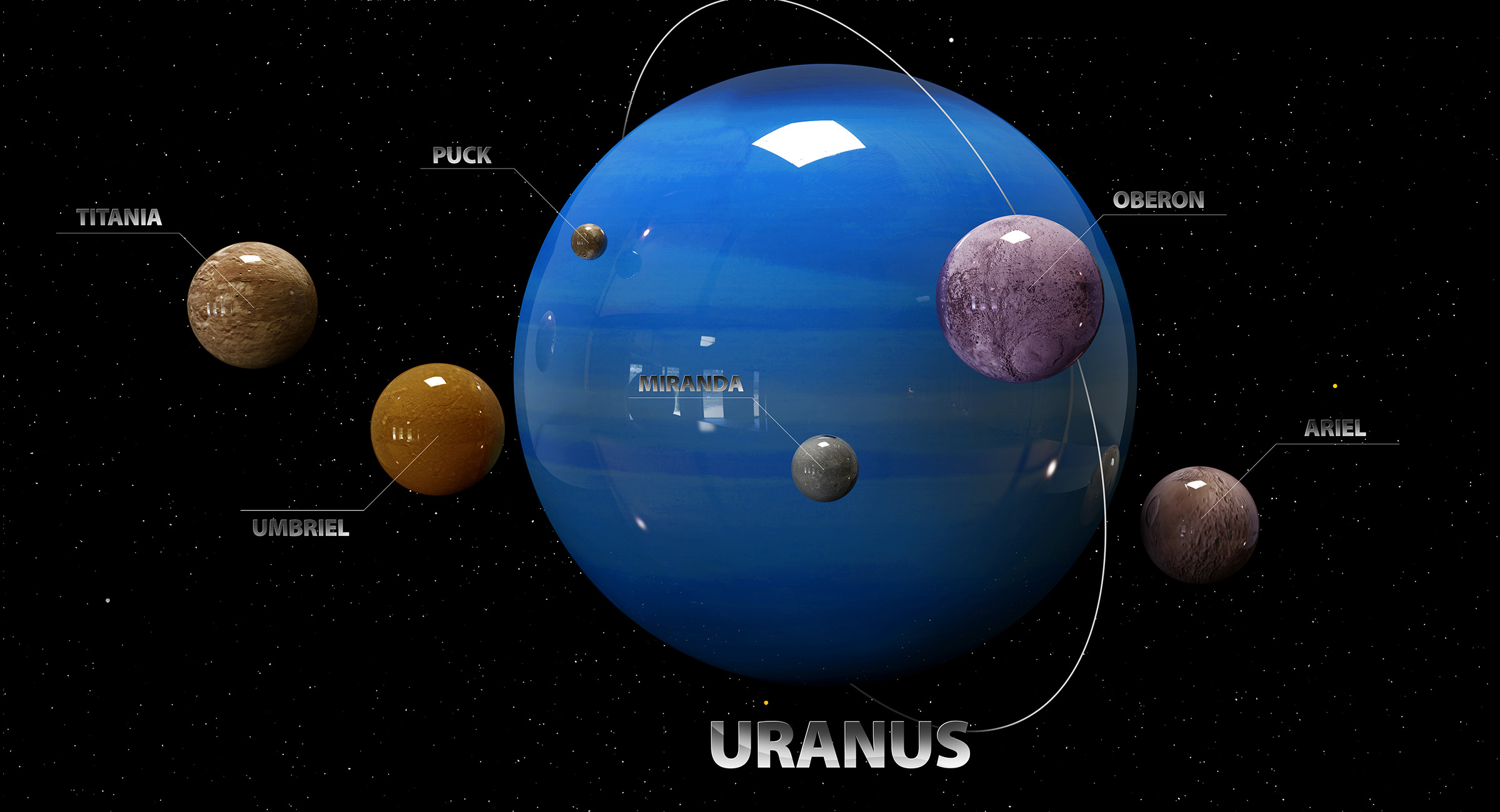New research into Uranus and Neptune has revealed some striking information. Much about these two ice giants is still unknown, with missions to explore them more in-depth still in the works. Despite our lack of knowledge, astronomers and researchers continue to look for ways to learn more about these spectacular planets. The latest research, though, suggests that Uranus and Neptune might not have as much frozen water as we previously believed them to be.
For the longest time, we’ve believed that both Uranus and Neptune are likely rich in frozen water. But, a new study featured on the preprint server arXiv suggests otherwise. This study, which is led by planetary scientist Uri Malamud, says that the two ice giants are actually overflowing with frozen methane.
As I mentioned before, our studies of Uranus and Neptune are extremely underwhelming. In fact, everything we know is based on data we gathered from the two ice giants back in the 1980s, when Voyager 2 flew past them on its trek to the outer edges of the solar system. It’s been over 40 years since those days, and Voyager 2’s tech isn’t anywhere as capable of what we can send out into space to gather research data these days.

To figure out more about the makeup of Uranus and Neptune, the researchers decided to approach things differently. All the models built off of Voyager 2’s data say that the ice giants likely have a thin hydrogen and helium envelope, as well as an underlying layer of compressed superionic water, with a central rocky core. Some have even estimated that these two planets have 50,000 times the water found in Earth’s oceans.
That’s a big number, obviously, but the authors of the new study say that previous Uranus research hasn’t actually taken how ice giants form into account. Instead, the researchers say that the two ice giants more closely resemble icy comets like those found in the Kuiper Belt. From here, the researchers started building hundreds of thousands of different models to try to determine how Uranus and Neptune formed.
Of the different models they created, the researchers say that the model that suggests methane was used to form the planet’s icy persona was the most likely to fit the criteria needed to form an ice giant like the two our solar system has. These results haven’t been peer-reviewed yet. But, this Uranus research has the potential to turn everything we thought we knew about the ice giants on its head.
Of course, we won’t really know what the planet is made up of until we’re able to send probes to inspect it more closely. Astronomers have been begging to probe Uranus for years, but no official mission has been revealed yet.








